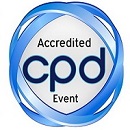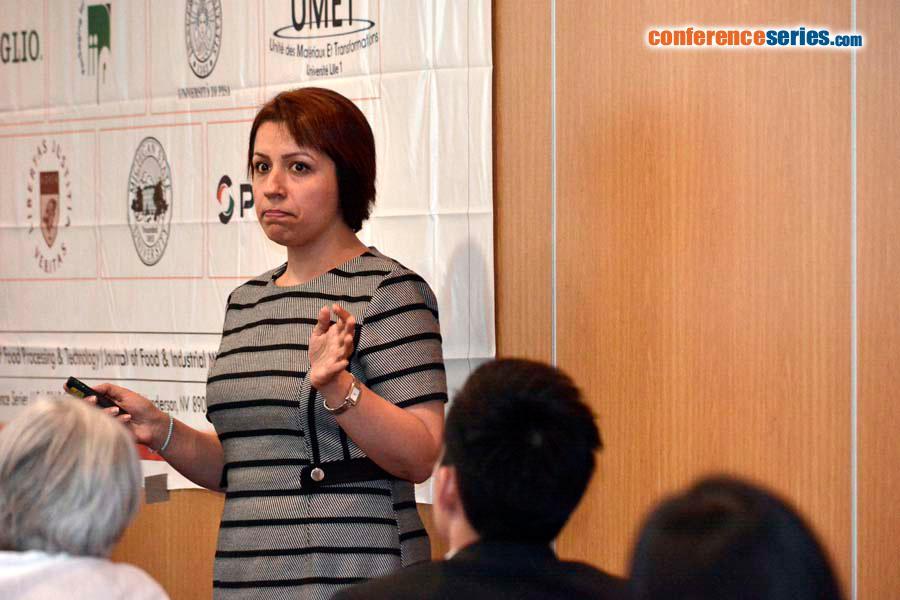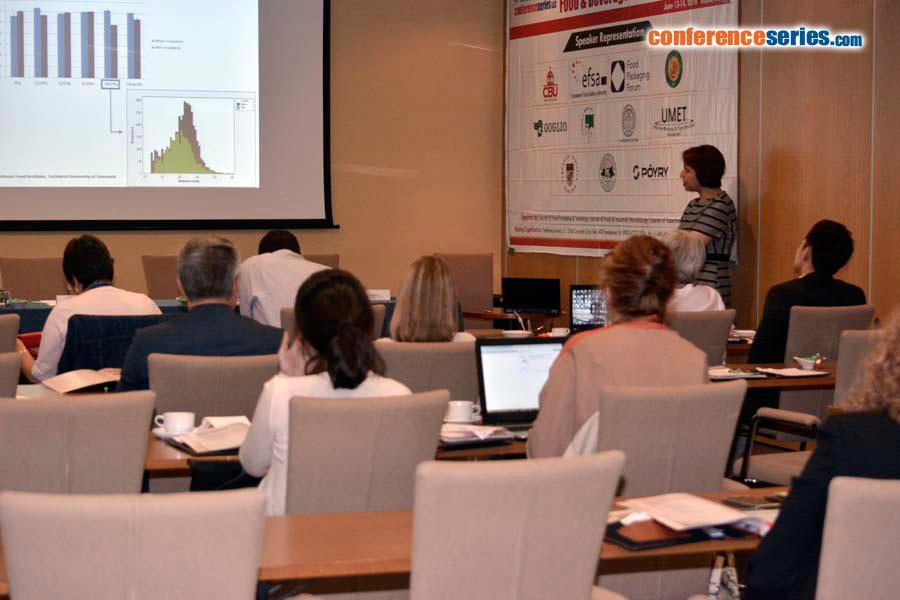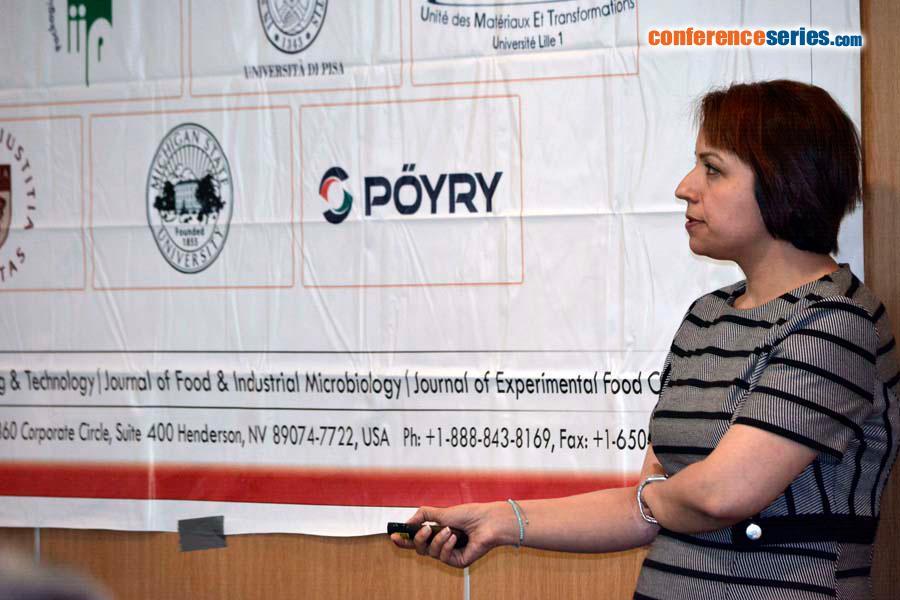
Maryam Jokar
Technical University of Denmark, Denmark
Title: Behavior of silver nanoparticles in food simulants for migration tests
Biography
Biography: Maryam Jokar
Abstract
Development of nanomaterials has created great interest in the field of food packaging. Migration of nanostructured components from food packaging nanomaterials is one of the most important concerns in safety and potential health risk issues. If nanostructured components are released from food packaging nanomaterials into food and drinks, they lead to consumer exposure. The toxicity of migrated nanostructured components is related to small size, increased surface area, and high bioavailability through natural biological barriers. Standard migration test according to EU regulations are well established for quantification of conventional small molecules whose chemical and physical structure remains stable during migration test. Nanoparticles are, however, known for their potential to agglomerate and dissolve in changing chemical surroundings. The behavior of polyethylene glycol coated silver nanoparticles in food simulants of ethanol 10%, ethanol 20%, ethanol 50%, acetic acid 3% and olive oil was studied using inductively coupled plasma-mass spectrometry in single particle mode. Results showed that the particle size, agglomeration state, particle number concentration and dissolution to silver ions varied significantly in different food simulants after incubation for 4 hours at 40°C. Further, the potential of ionic silver to form nanoparticles in food simulants was studied. The results of this study lead to deeper insight into migration test and food simulants in migration studies of food contact nanomaterials, as future work needs to investigate if the observed behavior of nanoparticles in food simulants is the same as in real food matrices, and consequently, if the conventional food simulants are applicable for migration studies of nanomaterials.




